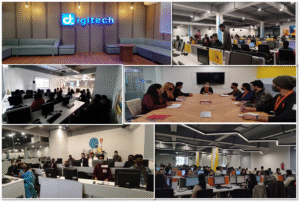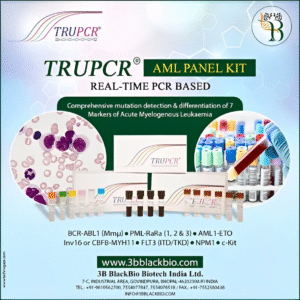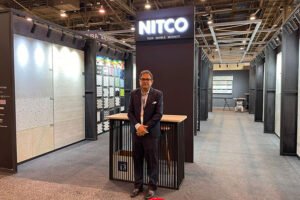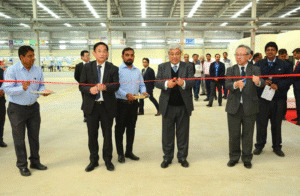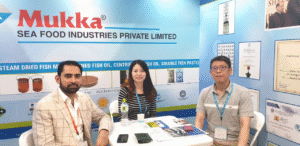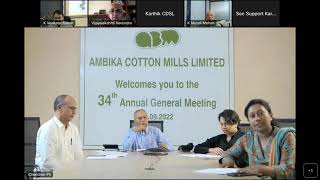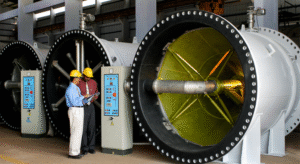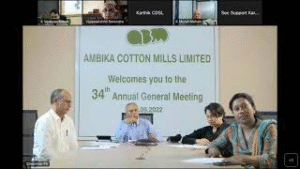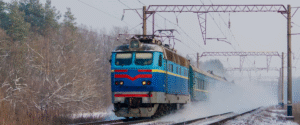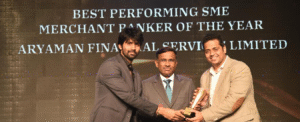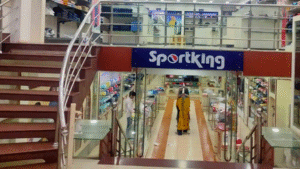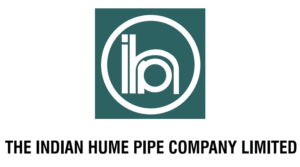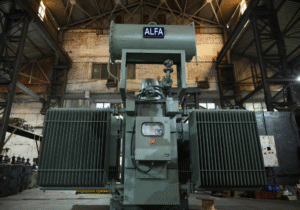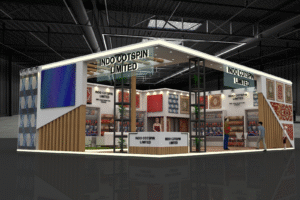1. At a Glance
Ambika Cotton Mills is that low-profile student in class who always scores 80% but never asks a doubt, never causes drama, and quietly eats his lunch alone. The company spins fine count yarn (60s–100s range) for premium shirting and exports it across Asia, Europe, and the US. With₹871 Cr market cap,almost zero debt, and2.3% dividend yield, it’s basically the “Maruti 800 of textiles” – boring, reliable, and impossible to kill. But beware – revenue growth has been flat for a decade, and margins are thinner than a politician’s manifesto promises.
2. Introduction
Picture this: while most textile companies go ga-ga over fast fashion, polyester blends, or influencer collabs, Ambika sticks to its roots – spinning top-grade compact cotton yarn. It’s like your thatha who refuses to eat pizza and only wants curd rice: old-school, but effective.
Founded in 1988, Ambika carved a niche by catering to finer shirting requirements, focusing on compact and elitwist yarn. Their customers are high-end shirt makers who want smooth, durable fabric – think Raymond suiting material or luxury export buyers.
What makes Ambika different? Three things:
- Backward-integrated power:It runs27.4 MW of windmillsfor captive consumption. Even Greta Thunberg would approve.
- Debt control:Borrowings are just₹51 Cragainst reserves of nearly₹900 Cr.
- Certifications overload:From OEKO-TEX to Cotton USA to Global Recycled Standard – Ambika probably has more stamps than your passport.
But here’s the twist – while fundamentals are strong, growth is stuck. Sales are where they were 10 years ago, profits move like Indian monsoons, and customer concentration is risky (top 3 clients = ~48% of revenue).
3. Business Model (WTF Do They Even Do?)
Ambika is aniche cotton spinner. The model is simple yet boringly effective:
- Core Product:Compact cotton yarn (60s–100s count). Used in fine shirting, hosiery, and weaving.
- By-products:Knitted fabrics and waste cotton (recycled/resold).
- Raw Material:Imported cotton from USA, Egypt, Australia. Basically, they buy premium, spin premium, and sell premium.
- Facilities:
- 108,288 spindlescapacity.
- Knitting facility that can convert40,000 kg/dayof yarn into fabric.
- Wind power + planned 8.3 MW solar rooftopfor captive energy.
- Markets:51% Asia, 37% India, 9% Africa, 2% each to Europe and US. (Yes, Europe just 2% – Ambika isn’t walking Milan Fashion Week yet.)
So, in short: They spin yarn,
sell yarn, and knit some fabric. No fancy fashion brands, no Zara contracts, just hardcore B2B spinning.
Question to you: Would you prefer a company that stays boring but stable like Ambika, or one that chases high-growth risky ventures like Trident?
4. Financials Overview
| Metric | Latest Qtr (Jun’25) | YoY Qtr (Jun’24) | Prev Qtr (Mar’25) | YoY % | QoQ % |
|---|---|---|---|---|---|
| Revenue (₹ Cr) | 192 | 209 | 136 | -8.2% | +41.2% |
| EBITDA (₹ Cr) | 27 | 34 | 24 | -20.6% | +12.5% |
| PAT (₹ Cr) | 15.9 | 22 | 16 | -26.1% | -0.6% |
| EPS (₹) | 27.8 | 37.6 | 27.7 | -26.0% | +0.4% |
| Annualised EPS | ~₹111 |
Commentary:Revenue down YoY, PAT fell 26%. But hey, still profitable. EPS annualised ~₹111 → CMP ₹1,518 = P/E ~14. That’s cheaper than Vardhman (15x) and way cheaper than KPR Mills (41x).
5. Valuation (Fair Value Range Only)
- P/E Method:EPS annualised ₹111.Apply P/E range 12–18.FV =₹1,330 – ₹2,000.
- EV/EBITDA:EV = ₹729 Cr; EBITDA TTM = ₹96 Cr → EV/EBITDA = 7.6x.Fair multiple 6–8x → FV =₹1,400 – ₹1,850.
- DCF (Textile Style):Assume flat revenue, stable cash flows, 8% cost of equity.FV per share =₹1,300 – ₹1,700.
👉Fair Value Range = ₹1,300 – ₹1,900(For educational purposes only, not investment advice).
6. What’s Cooking – News, Triggers, Drama
- Solar Expansion:₹39 Cr solar rooftop project, to generate 1.16 Cr units annually. Target completion FY24. ESG brownie points incoming.
- Export Impact:Aug 2025 announcement – US tariffs won’t hurt much since exports are diversified. So no Trump/Biden
